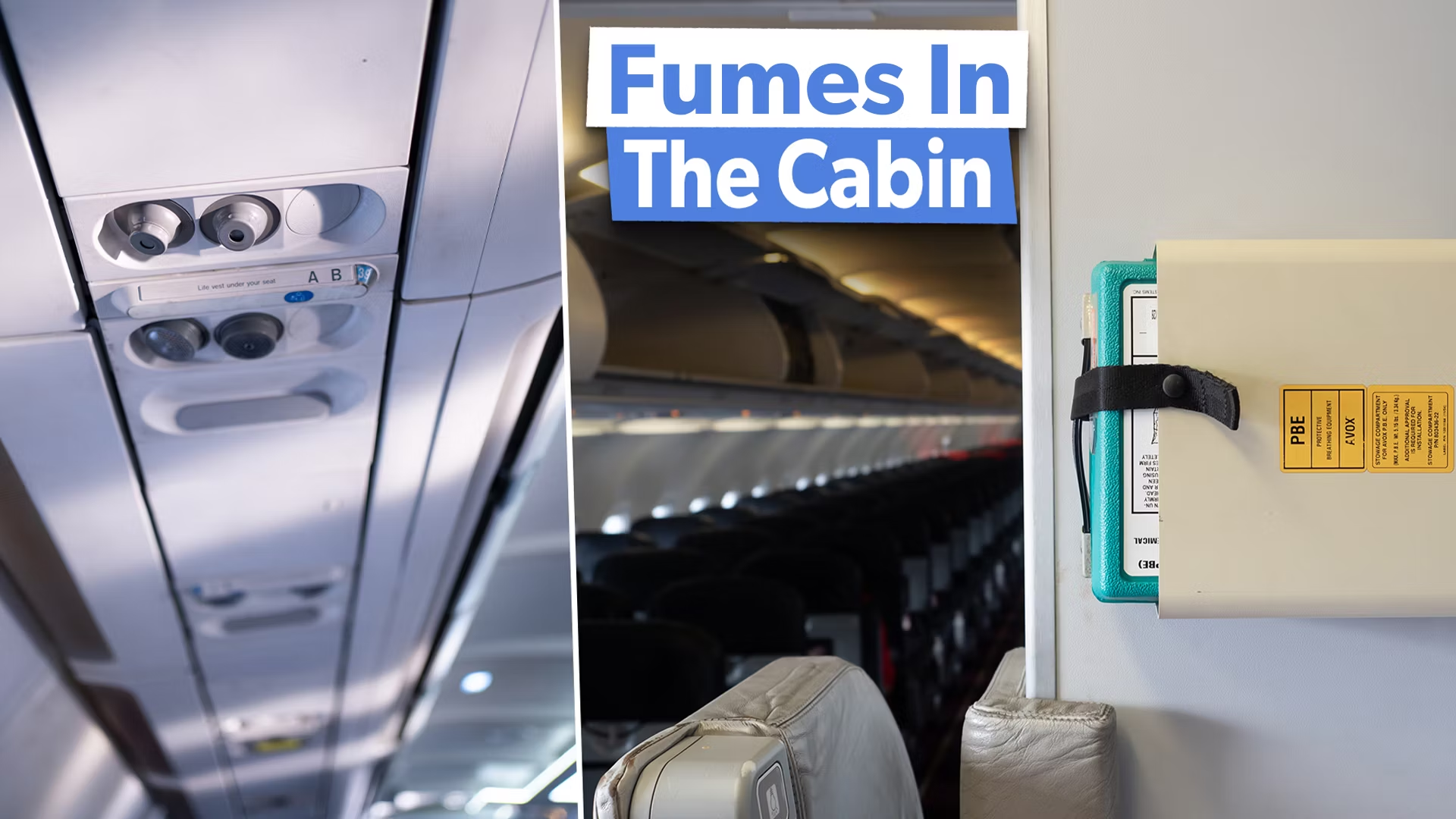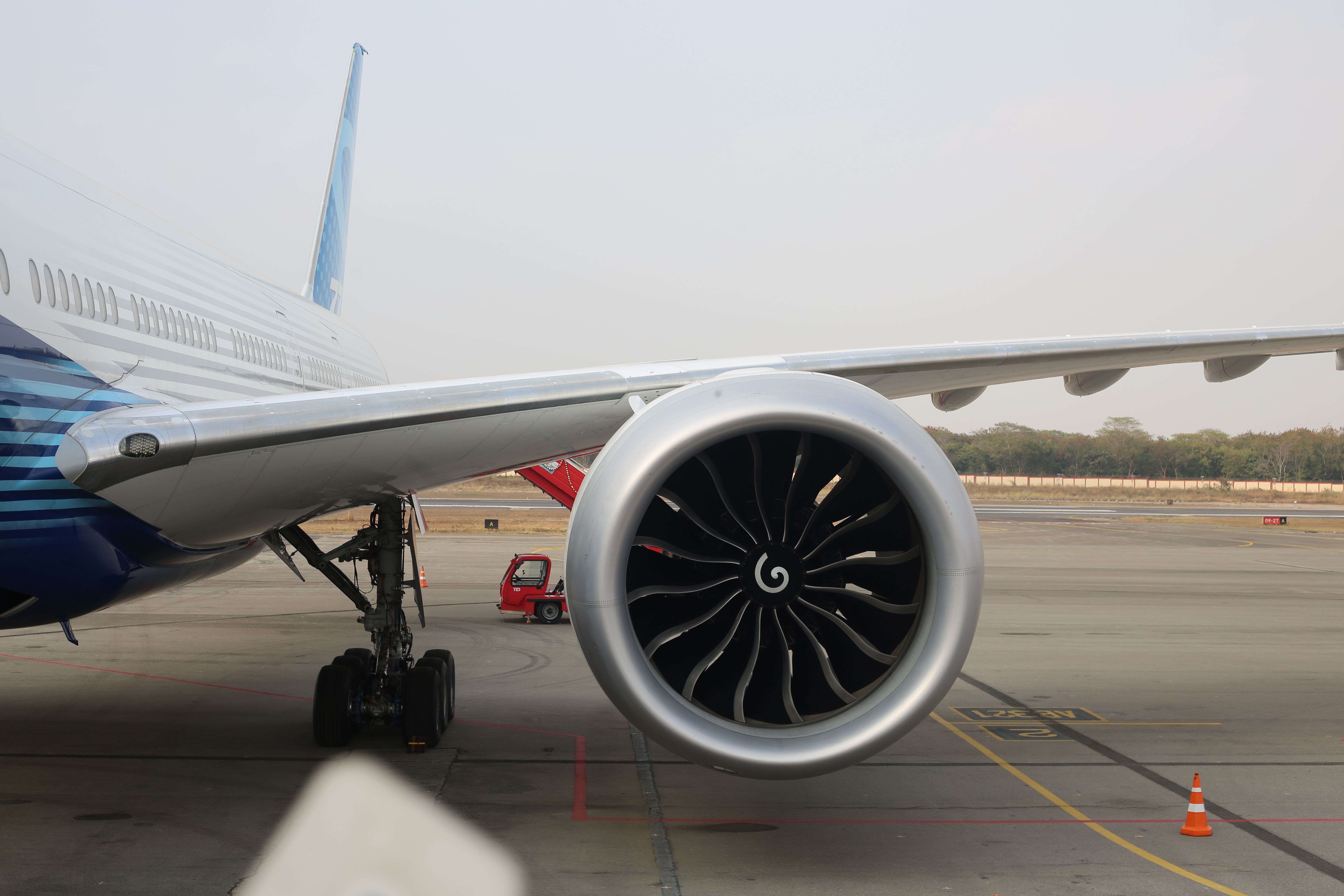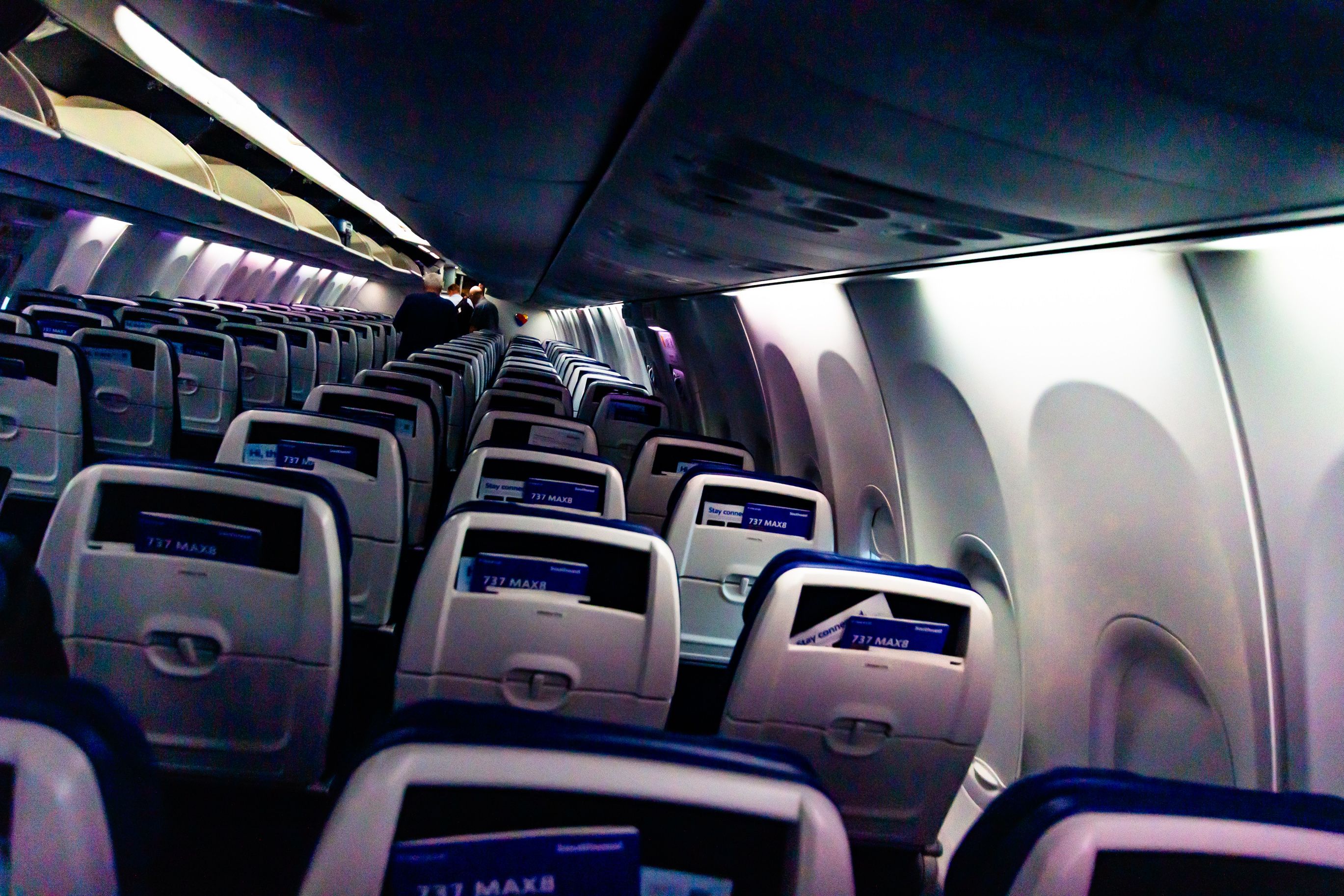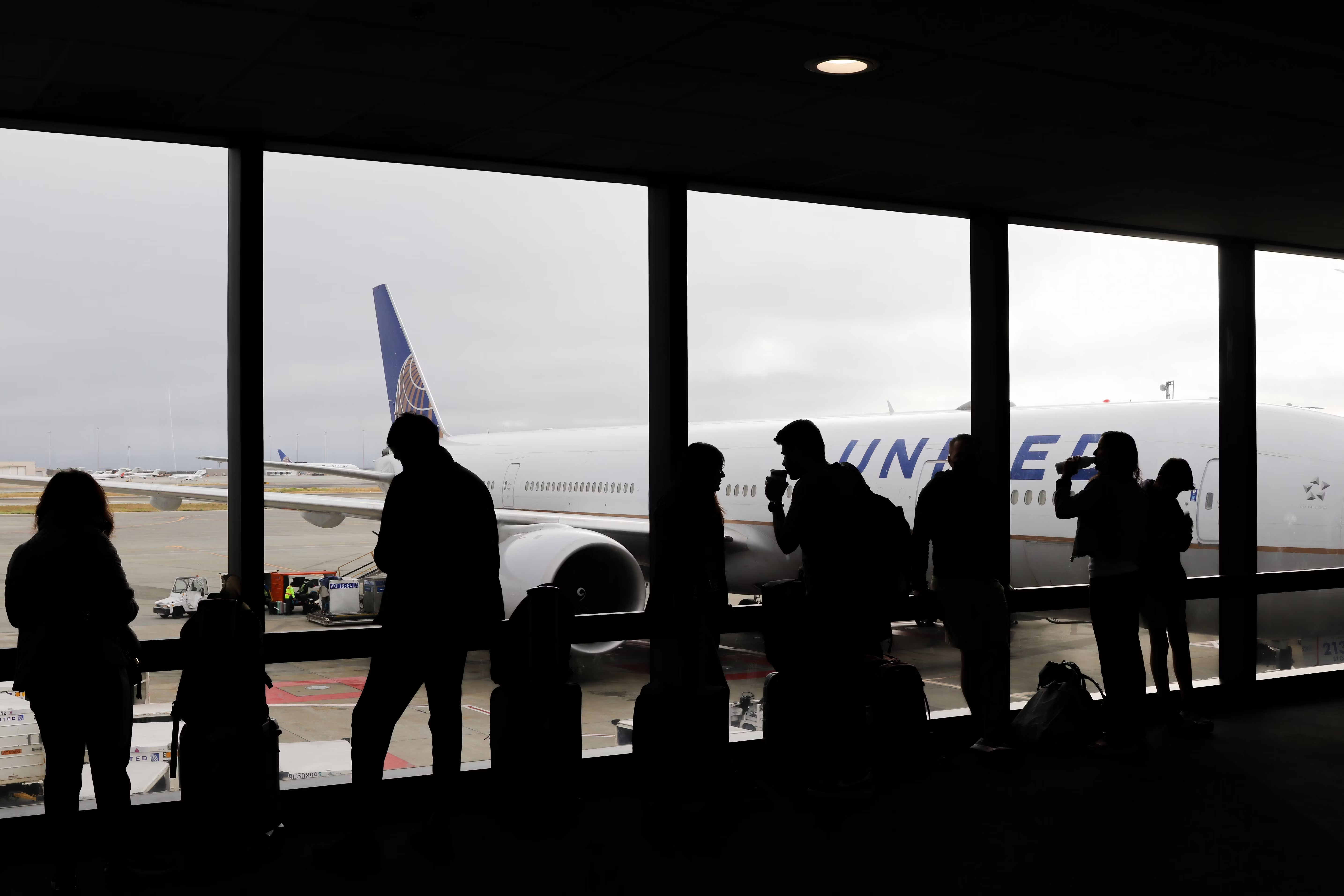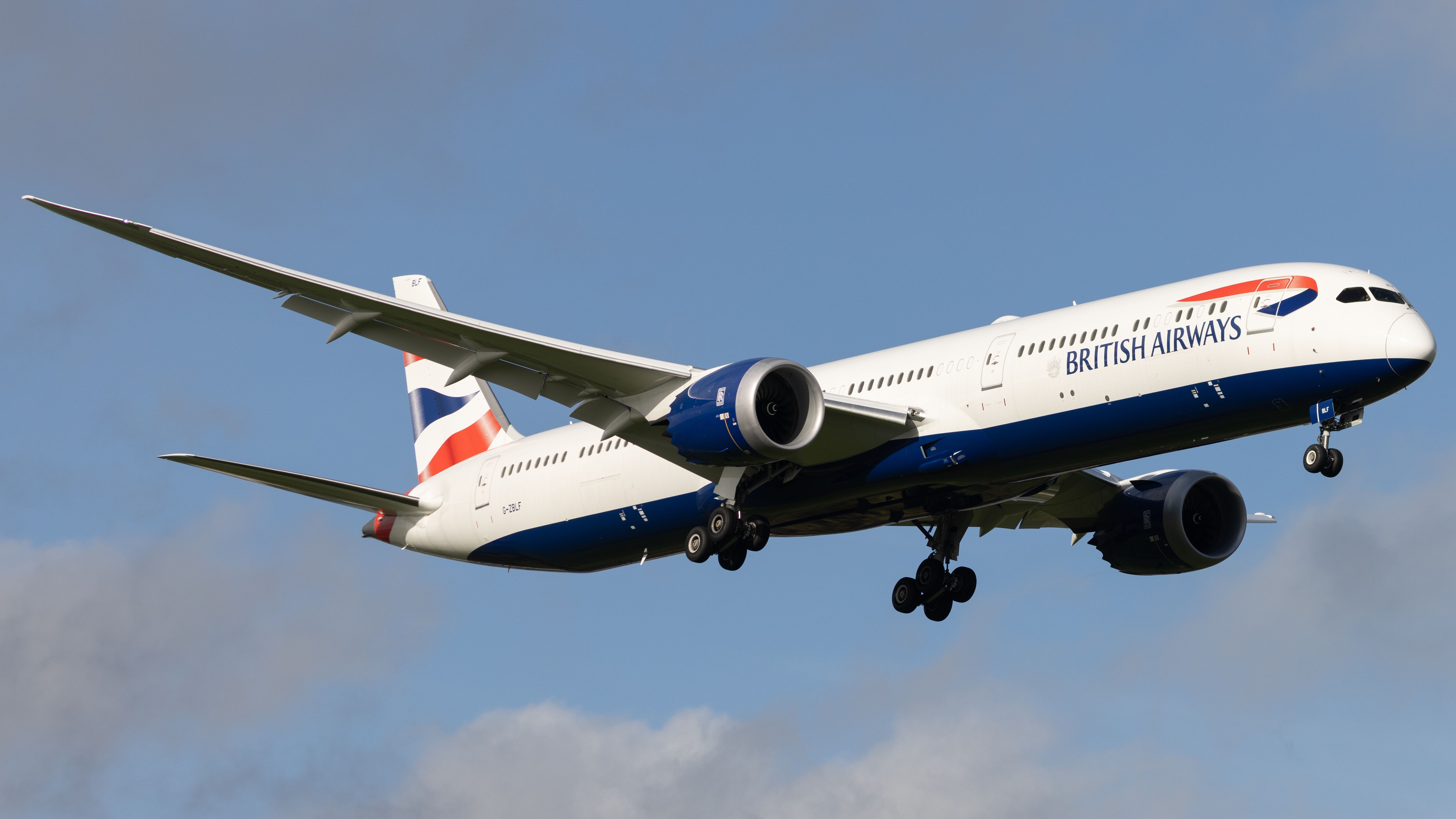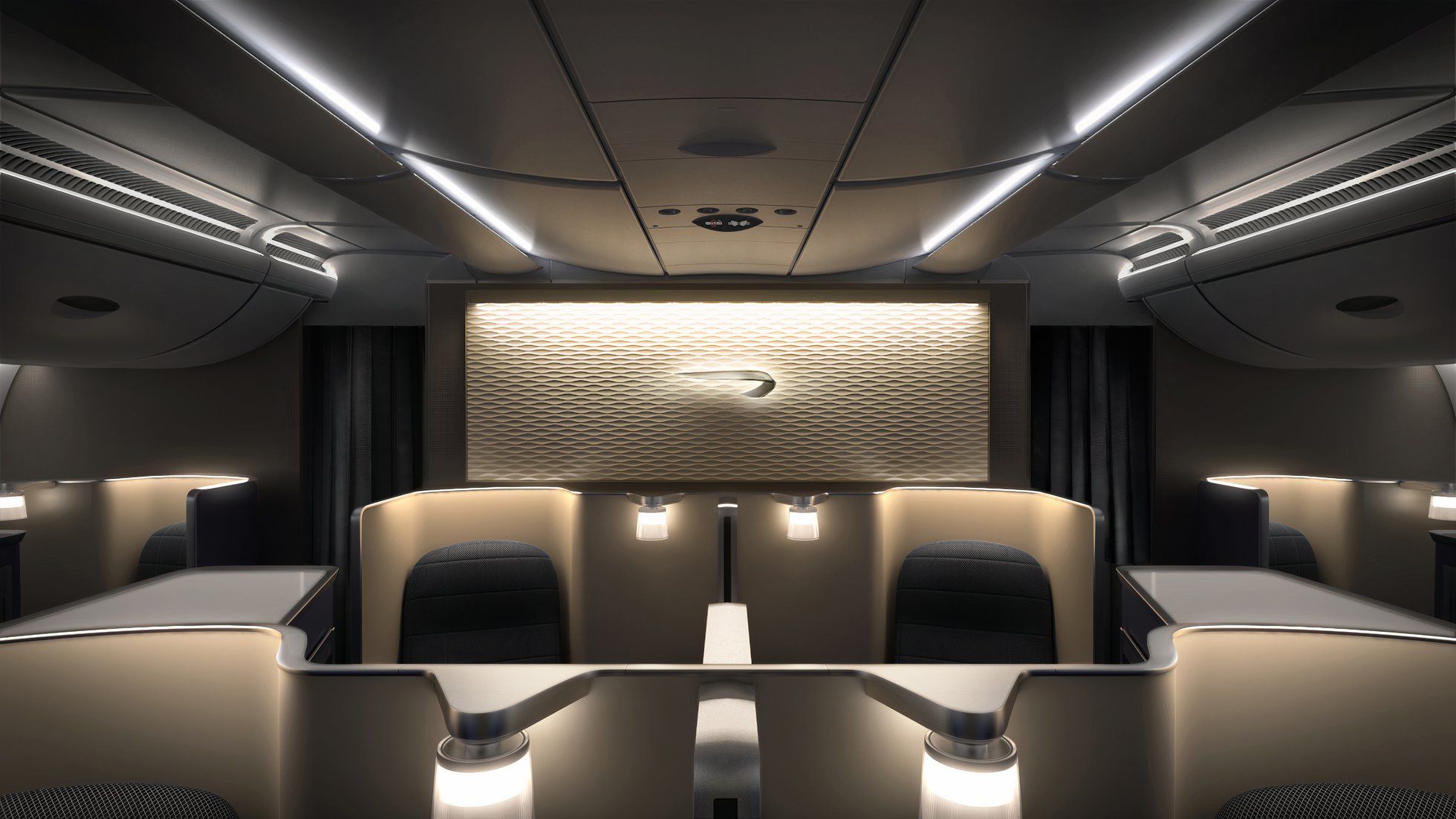Thousands of commercial flights
operate every day without incident, making air travel one of the safest modes of transportation in the world. However, with any type of vehicle, accidents, or malfunctions can unfortunately happen. Although many of these events are likely to cause an inconvenience, thankfully – they are not likely to result in deaths.
This is not to say that tragedies can occur; however, over the years,
the chance has been declining
. Nonetheless, fumes
or smoke
filling the cabin is a malfunction that happens somewhat more commonly than others. This occurrence is categorized as a severe event, given that it could pose an immediate risk to the safety of passengers, crew, and the aircraft.
However, pilots are trained to take immediate action to return the aircraft to safety, which likely results in a diversion. Several of these incidents have occurred over the years for various reasons. Here are five things to know about fumes and smoke in aircraft cabins:
From an aircraft part or device inside
According to the International Federation of Air Line Pilots’ Associations (IFALPA), cabin air is taken directly from compressors in the engine compartment without any filtering. Oil fumes from the engine or Auxiliary Power Unit (APU) can be created from a hot section within the part. This can sometimes be created by a fire, which is more likely to occur from an engine, such as a compressor stall
, rather than from the APU.
Photo: Aerospace Trek | Shutterstock
Cabin air contamination events typically consist of the following elements:
- Oxygen masks will be deployed for passengers and crew if necessary
- Pilots will communicate procedures with flight attendants and air traffic control personnel
- The nature of the incident must be reported to the airline and aviation regulators
Passenger devices can also emit smoke or fumes.
Just last week, a Hawaiian Airlines flight landed at Portland International Airport after an iPad battery caught fire
. It is unclear whether the device contaminated the cabin air of the Airbus A330-200, but it undoubtedly posed a safety risk. Electronic devices have been a concern among regulators as they can overheat and cause fire. According to the Federal Aviation Administration (FAA)
, lithium batteries, which power everyday devices, can catch fire if damaged or if the battery terminals are short-circuited.
As such, devices such as smartphones, tablets, cameras, and laptops should be kept in carry-on baggage. If these devices are packed away in checked luggage, the FAA recommends that they be tuned off and protected from damage.
2
No relation to fire
Maintenance issues as the source
Fumes filling a cabin from a non-fire source can also happen. This can occur from small amounts of oil entering the compressor routinely due to leakage. According to IFALPA, “seals are designed to minimize leakage but do not prevent it in certain transient phases.” It can occur during phases of low pressure and amid changes to engines or air supply. A worn or damaged seal can cause engine oil to over-fill as large volumes enter the compressor. This is what is more widely recognized as a
fume event
, according to IFALPA.
Photo: Joe Kunzler | Simple Flying
Association of Flight Attendants (AFA) Alaska says there can be several sources of smoke, haze, and fumes in an aircraft cabin, flight deck, and other areas:
- In addition to engine oil, cabin air can be contaminated with hydraulic fluid, fuel, deicing fluid, and ozone
- Smoke or fumes from hydraulic fluid are the most toxic
- Oil fumes may smell like dirty socks, mold, old cheese, chemicals, or electrical-like
3
Onset of sickness
Several symptoms can occur
According to the UK Civil Aviation Authority (CAA), there is strong evidence that some passengers can experience
symptoms
as a result of fume events. Some chemical contaminants that are irritants to the body can cause:
- Itching
- Eye soreness
- Nasal discharge
- Sore throat
- Coughing
Photo: Milstead Photography | Shutterstock
Psychologically mediated nocebo responses triggered by awareness of irritation or an odor can also happen. Fumes can also contain carbon monoxide, which can pose more serious health issues. Inflight carbon monoxide exposure occurs when the air contains less oxygen than on the ground and can cause dizziness, fainting, headache, and slowed thought process, according to the AFA. In some cases, passengers and crew may need medical attention after a fume event, where blood tests to determine any brain damage may be required.
4
Diversions are common
Getting back to the ground safely
Most fume events involve an aircraft promptly rerouting to its closest airport. Although some may believe that engine fires may require quick attention, non-fire-related fume events also require quick thinking. This is due to the severity that fumes and smoke can be on health. Thankfully, last week’s Hawaiian incident occurred just before landing at its intended destination of PDX. However, other flights have not had the best luck.
Photo: Kevin Hackert | Shutterstock
Last year, a British Airways flight diverted to Ted Stevens Anchorage International Airport (ANC) due to smoke in the cabin
:
- The crew declared a PAN PAN, which is a term used to describe a situation that is urgent but not an emergency
- Smoke was emitted from a phone that was stuck on the side of a passenger’s seat
- The cabin filled with smoke, prompting the diversion out of precaution
- The flight was flying from Tokyo to London
5
Grounded aircraft
Can cause lengthy delays
Thankfully, the British Airways incident did not cause the Boeing 787-9 Dreamliner to be grounded since the smoke was coming from a device.
Photo: British Airways
Fumes that are emitted from an external fire or non-fire source likely mean the aircraft will be taken out of service for a period of time:
- Earlier this year, a British Airways Airbus A380 operating a flight from Washington DC to London diverted to Boston after smoke filled the cabin
British Airways Airbus A380 operating a flight from Washington DC to London diverted to Boston after smoke filled the cabin
- Some passengers noticed the smell of something burning while airborne
- The aircraft was grounded for two days
- The passengers had to spend the night in hotels before being rebooked on another flight

